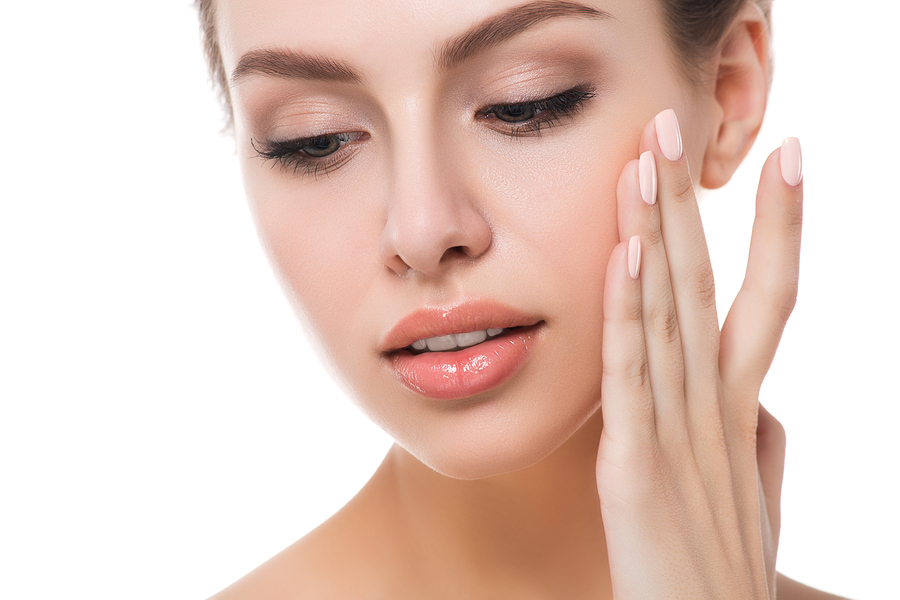
360 resurfacing, or laser 360 resurfacing, uses lasers to rejuvenate the skin. It may be used to enhance the skin’s color, tone, and texture, and it can also help tighten the skin. The “360” refers to the comprehensive nature of this particular cosmetic treatment. Most procedures include the use of several different types of lasers to improve the skin in several of the ways mentioned above.
The different laser treatments used in 360 resurfacing are usually administered at different appointments rather than all at once. For example, a doctor might suggest using a few different laser treatments over a span of several weeks. Spreading the treatments out, lets the skin recover from one treatment before beginning the next.
Although the entire 360 resurfacing treatment may take several weeks to complete, each individual laser procedure doesn’t take long. Most are completed as outpatient procedures, and patients are welcome to return home once the procedures are finished.
Both laser 360 resurfacing and intense pulsed light (IPL) treatments use light to treat skin conditions. The difference between the two options is how many skin conditions are treated at once. Laser 360 resurfacing uses one, the narrow wavelength to target a specific tissue. IPL treatments use a broader spectrum of wavelengths, which are absorbed by different tissues at different rates. Because IPL uses multiple wavelengths, it’s able to address several issues at once but can’t hone in on a specific one as well as the 360 resurfacing.
360 resurfacing is usually most successful when used to treat skin conditions on the face, neck, and chest. On the face, it may be applied to the forehead, below the eyes, around the mouth, on the cheeks, and on the upper lip.
